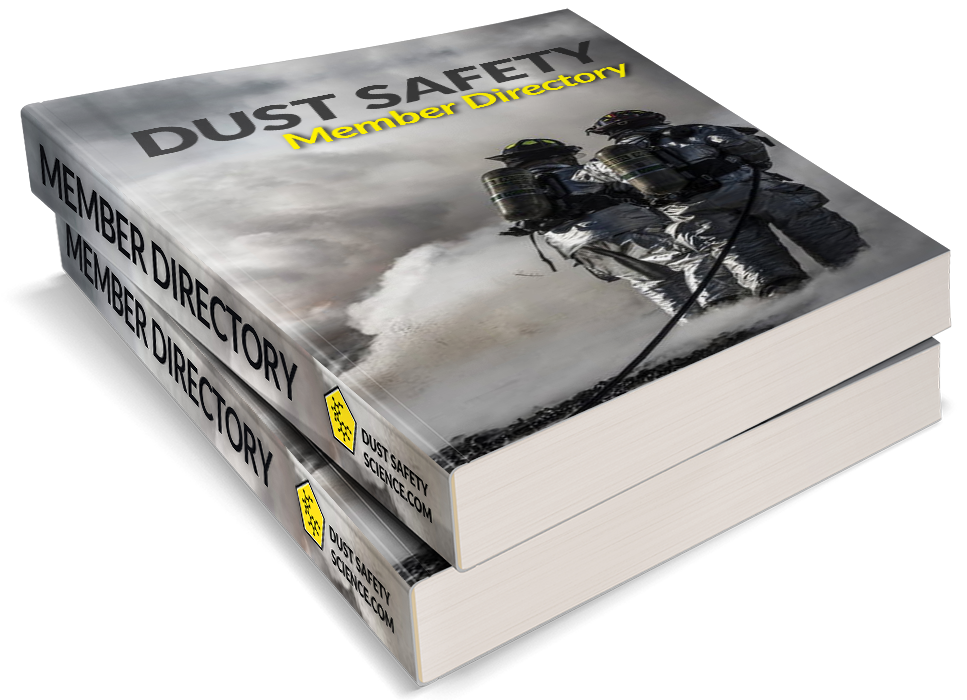1-Sentence-Summary: Nanomaterials, flocculent particles, and hybrid dust/gas mixtures represent nontraditional explosion hazards which may show enhanced explosion likelihood and severity in the processing industries.
Authors: M. Worsfold, P. Amyotte, F. Khan, A. Dastidar, and R. Eckhoff
Read in: Three Minutes
Favourite quote from the paper:

The current authors review the literature data for explosion of nontraditional dusts in the processing industry. Nanomaterials (solid materials with diameters from 1 nm to 100 nm), fibrous particles (solid materials with one dimension being much larger than the other two), and hybrid mixtures of dusts and gases are explored. The main focus of this work is on characterizing explosion likelihood and consequences for these nontraditional materials.
Three of the main findings from this review paper are:
- Nanometric dusts do not have significantly higher explosion consequence than micrometric dusts, but the ignition sensitivity may be much higher.
- Fibrous dusts appear to have similar explosion parameters to spherical particles.
- Hybrid explosion systems typically demonstrate higher explosion consequence and reduced explosion limits than non-hybrid systems.
The following sections outline the main findings in more detail. The interested reader is encouraged to view the complete article at the link provided below.
Finding #1: Nanometric dusts show similar explosion severity as micrometric dusts but reduced ignition energy
The authors state that in general a reduction in particle size increases the explosion severity. However, the results of Eckhoff, 2013 show that this tendency does not extend into nanometric particle sizes. Eckhoff states that difficulty in dispersing nanometric dusts as primary particles and the rapid coagulation or agglomeration of the dust, reduces the explosion severity. Similar to these findings other papers are also discussed that do not show a substantial increase in MEC for nanometric dusts.
Both the current paper and the previous one by Eckhoff, 2013 state that the minimum ignition energy of nanometric materials may in fact be substantially lower than micrometric dusts. For some metallic samples, ignition energies less than 1 mJ have been found. This is important for industrial safety as these samples may explode from electrostatic sparks or mechanical friction during processing operations.
Finding #2: Flocculent dusts explode in a similar manner to spherical dusts
The current review demonstrates similar characteristics between flocculent or fibrous dusts and spherical particles. As the diameter is reduced, explosion severity increases while MEC and MIE decrease. The length of the fibers has a definite effect on explosion parameters, however the effect is less than the diameter. The authors state that this could be due to dispersibility considerations or that the fibers melt to create spheres prior reacting.
One specific concern that the current authors highlight is that flocculent materials are typically manufactured using an electrostatic flocking process, and that high voltage discharge during a process breakdown may be enough to ignite the dust. A second concern is that flameless venting techniques are being developed in which a mesh is placed over the vent opening. The authors state that fibrous material may show a higher blockage on these meshes than traditional dusts.
Finding #3: Hybrid mixtures can explode severely even when both fuels are below their flammability limits
The authors found that hybrid mixtures typically resulted in higher explosion severity and increased likelihood over pure dust explosions. These findings are specifically important for several industries including the pharmaceutical industry, mining industry, and nuclear industry. The authors also explain that previous studies by their group demonstrate a link between the flame speed of the gaseous fuel and the enhanced explosion severity for some hybrid mixtures.
My Personal Take-Aways From
“Review of the Explosibility of Nontraditional Dusts”
This article gives a good overview of the current understanding of these so-called “nontraditional” dust explosion systems. Several of the important references for these fuels are also given. For nanomaterials, the journal articles Hallock at al., 2009, Bouillard et al., 2009, and Bouillard et al., 2010 would be useful to review. The HSL reports referenced in the paper (Pritchard et al., 2004 and Holbrow et al., 2010) are also useful and can be accessed for free from the UK government. Lastly, several of the hybrid explosion papers presented have “three minute paper” summaries published as part of this blog (e.g., see the keyword “Hybrid Explosion“).
Full Citation: [bibtex file=references.bib key=Worsfold2012]
[otw_shortcode_button href=”http://pubs.acs.org/doi/abs/10.1021/ie201614b” size=”medium” icon_position=”left” shape=”square”]> > Get The Article[/otw_shortcode_button]
